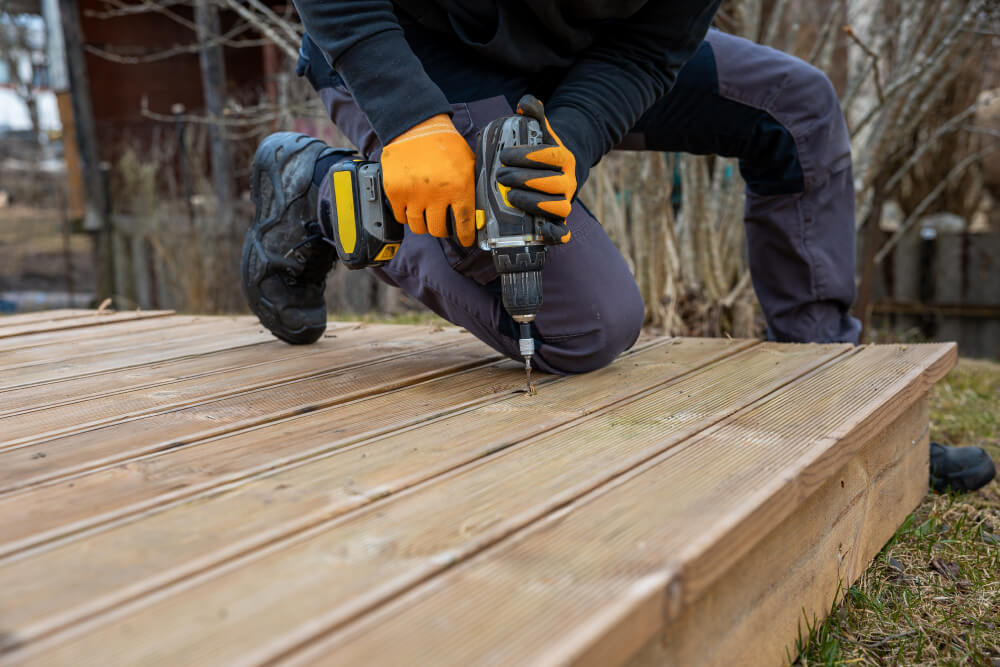Benefits of Attic Insulation
Before diving into the insulation process, let’s explore the benefits of adding insulation to your attic:
- Energy Savings: Insulating your attic can significantly reduce your energy bills by preventing heat loss in the winter and heat gain in the summer.
- Improved Comfort: Proper insulation helps maintain consistent indoor temperatures, making your home more comfortable year-round.
- Enhanced HVAC Efficiency: By reducing the workload on your heating and cooling systems, insulation can extend their lifespan and improve their efficiency.
- Environmental Impact: Lower energy consumption means a reduced carbon footprint, making your home more environmentally friendly.
- Noise Reduction: Insulation also acts as a sound barrier, reducing noise from outside and between rooms.
Tools and Materials Needed
To add insulation to your attic, you’ll need the following tools and materials:
- Insulation material (fiberglass batts, cellulose, or spray foam)
- Tape measure
- Utility knife
- Staple gun and staples
- Insulation supports (if using batts)
- Protective gear (gloves, goggles, mask, and long-sleeved clothing)
- Work light or flashlight
- Plywood or boards for walking in the attic
- Ruler or depth gauge (for loose-fill insulation)
- Caulking gun and sealant
- Weatherstripping
- Ladder
Join HICP Homeowner’s Alliance
Connect with experts, get special discounts and enjoy member benefits
Step-by-Step Guide to Adding Attic Insulation
Step 1: Assess Your Current InsulationBefore adding new insulation, assess the existing insulation in your attic:
- Inspect the Insulation: Check the condition of the current insulation. Look for signs of damage, such as mold, moisture, or pest infestation.
- Measure the Depth: Use a ruler or depth gauge to measure the depth of the existing insulation. The recommended R-value (a measure of insulation’s effectiveness) for attics varies by climate zone, but generally, you should aim for an R-value of 30 to 60. This translates to about 10-20 inches of insulation.
Air leaks can undermine the effectiveness of your insulation. Sealing these leaks is a crucial step:
- Identify Leaks: Look for gaps and cracks around attic windows, doors, vents, and any other openings. Common leak points include the area around chimneys, plumbing vents, and electrical wires.
- Apply Sealant: Use a caulking gun and sealant to fill small gaps and cracks. For larger gaps, use expanding foam sealant.
- Install Weatherstripping: Apply weatherstripping around attic doors and access points to prevent air leakage.
There are several types of insulation materials to choose from, each with its own advantages:
- Fiberglass Batts: These are pre-cut panels of insulation that are easy to install. They are suitable for standard joist spacing and provide good thermal performance.
- Cellulose: This loose-fill insulation is made from recycled paper treated with fire retardant. It is ideal for irregularly shaped spaces and can be blown into place using a blower machine.
- Spray Foam: This insulation expands upon application and provides excellent air sealing and thermal performance. It is best applied by professionals due to the specialized equipment required.
- Clear the Area: Remove any stored items from the attic to provide a clear workspace.
- Lay Down Plywood: Place plywood or boards across the joists to create a stable walkway and workspace.
- Install Lighting: Set up a work light or flashlight to ensure good visibility while you work.
For Fiberglass Batts:
- Measure and Cut: Measure the length of each joist bay and cut the batts to fit using a utility knife.
- Fit Between Joists: Place the batts between the joists, ensuring a snug fit without compressing the insulation. Use insulation supports to hold the batts in place if necessary.
- Cover Gaps: Make sure to cover any gaps and avoid leaving any uncovered areas.
For Cellulose:
- Rent a Blower: Rent an insulation blower machine from a home improvement store.
- Fill the Machine: Load the cellulose insulation into the machine’s hopper.
- Blow the Insulation: Use the blower hose to evenly distribute the cellulose insulation across the attic floor, ensuring consistent coverage. Aim for the recommended depth based on your climate zone.
For Spray Foam:
- Hire a Professional: Due to the specialized equipment and techniques required, it’s best to hire a professional to apply spray foam insulation.
- Around Ductwork and Pipes: Use small pieces of insulation to fill gaps around ductwork, pipes, and other obstructions. Ensure a snug fit to prevent air leaks.
- Around Electrical Boxes: Be cautious around electrical boxes. Use smaller pieces of insulation and avoid covering the boxes completely.
- Install an Insulated Cover: If your attic access door is not insulated, install an insulated cover to prevent heat loss.
- Weatherstrip the Edges: Apply weatherstripping around the edges of the attic access door to create an airtight seal.
Tips for Successful Attic Insulation
- Work in Cool Weather: Attics can become extremely hot in the summer, making it uncomfortable and unsafe to work. Choose a cool day for your project.
- Wear Protective Gear: Insulation materials can be irritating to the skin, eyes, and lungs. Wear gloves, goggles, a mask, and long-sleeved clothing to protect yourself.
- Ventilate the Attic: Ensure proper ventilation in the attic to prevent moisture buildup and improve air quality.
- Check Local Building Codes: Before starting your project, check local building codes and regulations to ensure compliance.
When to Seek Professional Help
While adding insulation to your attic is a manageable DIY project, there are times when professional help is necessary:
- Extensive Damage: If you discover extensive mold, moisture, or pest damage, consult a professional to address these issues before adding new insulation.
- Structural Issues: If your attic has structural problems, such as sagging joists or roof leaks, hire a professional to make necessary repairs.
- Complex Installation: If you’re unsure about the best type of insulation or have a complex attic layout, a professional can provide expert advice and installation services.
By following this step-by-step guide, you can effectively add insulation to your attic, improving your home’s energy efficiency, comfort, and overall value. Regularly inspect and maintain your insulation to ensure long-lasting performance and reap the benefits of a well-insulated home. Happy insulating!




















